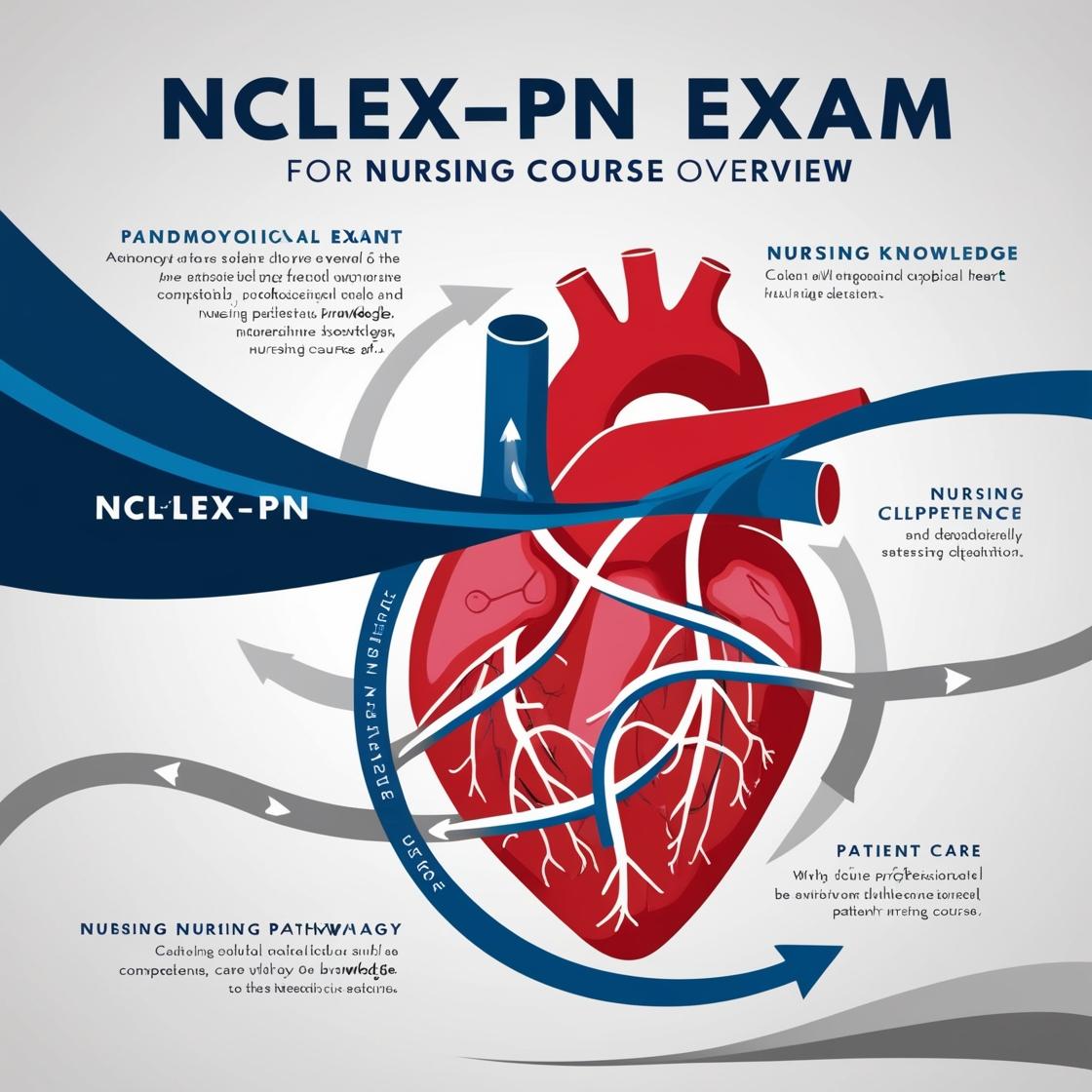NCLEX-PN
Safe and Effective Care Environment Nclex PN Questions
1. To remove hard contact lenses from an unresponsive client, what should the nurse do?
- A. Gently irrigate the eye with an irrigating solution from the inner canthus outward
- B. Grasp the lens with a gentle pinching motion
- C. Don sterile gloves before attempting the procedure
- D. Ensure that the lens is centered on the cornea before gently manipulating the lids to release the lens
Correct answer: D
Rationale: When removing hard contact lenses from an unresponsive client, the nurse should ensure that the lens is centered on the cornea before gently manipulating the lids to release the lens. This approach helps prevent scratching the cornea. Gently maneuvering the upper and lower eyelids assists in loosening the lens for easy removal. Options A, B, and C are incorrect because irrigating the eye, grasping the lens, or wearing sterile gloves are not recommended methods for removing hard contact lenses. It is crucial to handle the situation delicately to avoid causing harm or discomfort to the client.
2. All of the following interventions should be performed when fetal heart monitoring indicates fetal distress except:
- A. increase maternal fluids
- B. administer oxygen
- C. decrease maternal fluids
- D. turn the mother
Correct answer: C
Rationale: When fetal distress is indicated, interventions are aimed at improving oxygenation and blood flow to the fetus. Increasing maternal fluids helps improve blood flow and oxygen delivery, administering oxygen increases oxygenation levels, and turning the mother can help optimize fetal oxygenation. Decreasing maternal fluids would negatively impact blood volume and can worsen fetal distress, making it the exception among the listed interventions. Therefore, decreasing maternal fluids should not be performed when fetal distress is present.
3. Which of the following statements from a client may indicate that they are at a higher risk for a fall?
- A. "I would like to get out of bed but would like to put on my non-skid socks first."?
- B. "Can you make sure the two bedrails are raised before leaving the room?"?
- C. "I think I'm ready to walk a longer distance with the cane today."?
- D. "I need to get out of bed to go to the bathroom now. I cannot find my glasses but cannot wait."?
Correct answer: D
Rationale: The correct answer is 'I need to get out of bed to go to the bathroom now. I cannot find my glasses but cannot wait.' This statement indicates that the client is in a hurry and unable to find their glasses, which could increase the risk of a fall due to impaired vision. Choice A about putting on non-skid socks shows the client's awareness of fall prevention, reducing the risk. Choice B demonstrates the client's request for bedrails to be raised, which is a safety measure, reducing the risk as well. Choice C suggests the client's readiness to walk a longer distance with a cane, indicating progress in mobility but not necessarily a higher fall risk.
4. Which of the following nursing diagnoses might be appropriate as Parkinson's disease progresses and complications develop?
- A. Impaired Physical Mobility
- B. Dysreflexia
- C. Hypothermia
- D. Impaired Dentition
Correct answer: A
Rationale: As Parkinson's disease progresses and complications develop, impaired physical mobility is a relevant nursing diagnosis due to symptoms like a shuffling gait and rigidity that can impair movement. Dysreflexia is not typically associated with Parkinson's disease; it is more commonly seen in spinal cord injuries. Hypothermia is a condition of low body temperature and is not directly related to Parkinson's disease progression. Impaired Dentition involves issues with teeth and oral health, which are not specific to Parkinson's disease complications.
5. The LPN is assisting the client with an NG tube with activities of daily living. Which of these statements would indicate a need for teaching reinforcement?
- A. "Since I'm not eating or drinking by mouth, I do not need to brush my teeth as often."?
- B. "I should remain sitting up at a 45-degree angle or higher for 30 minutes after a feeding."?
- C. "I can clean around the tube with water and mild soap."?
- D. "I should avoid using Vaseline around the nostril and tube."?
Correct answer: A
Rationale: The correct answer is, "Since I'm not eating or drinking by mouth, I do not need to brush my teeth as often."? This statement indicates a need for teaching reinforcement because even when an NG tube is in place, the client should still brush their teeth twice daily. Good oral hygiene is essential to reduce the risk of introducing bacteria that may cause an infection. Choice B is incorrect because remaining sitting up at a 45-degree angle or higher for 30 minutes after a feeding is a correct statement regarding NG tube care, promoting proper digestion and reducing the risk of aspiration. Choice C is also incorrect because cleaning around the tube with water and mild soap is an appropriate practice to maintain cleanliness and prevent infection. Choice D is incorrect because advising to avoid using Vaseline around the nostril and tube is a proper instruction to prevent skin breakdown, occlusion of the tube, and potential aspiration of Vaseline into the lungs.
Similar Questions

Access More Features
NCLEX PN Basic
$69.99/ 30 days
- 5,000 Questions with answers
- Comprehensive NCLEX coverage
- 30 days access @ $69.99
NCLEX PN Premium
$149.99/ 90 days
- 5,000 Questions with answers
- Comprehensive NCLEX coverage
- 30 days access @ $149.99
